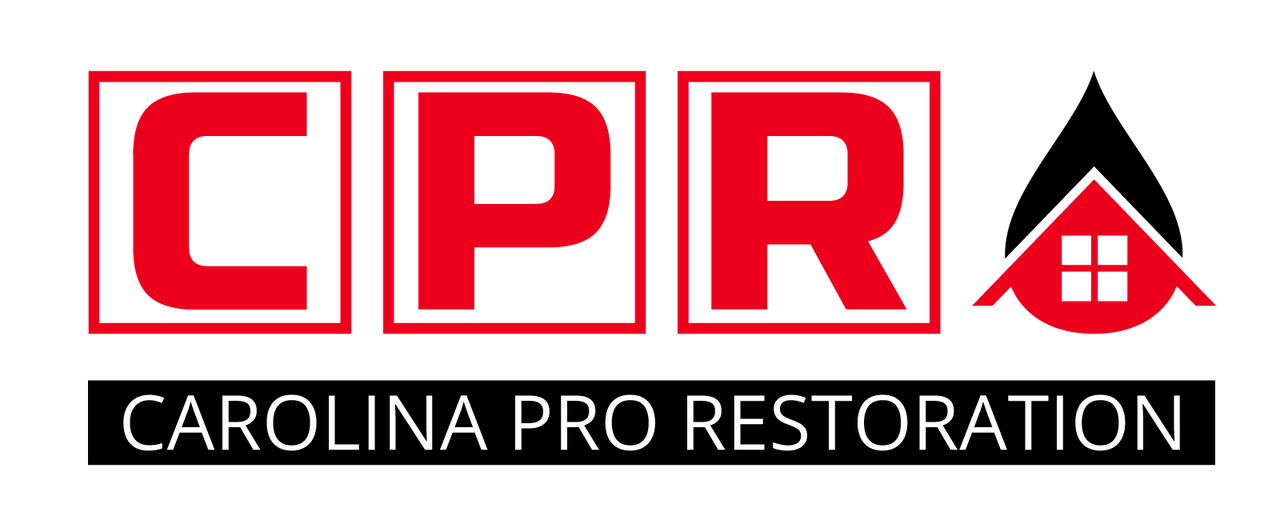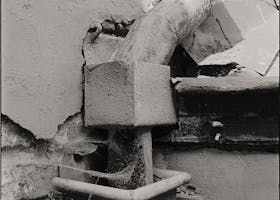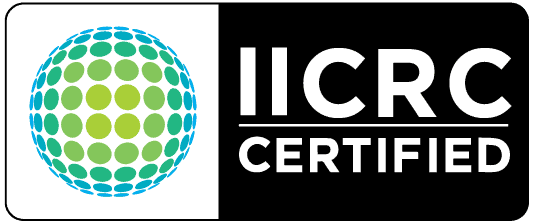Your Guide: 10 Must-Ask Questions for Restoration Services
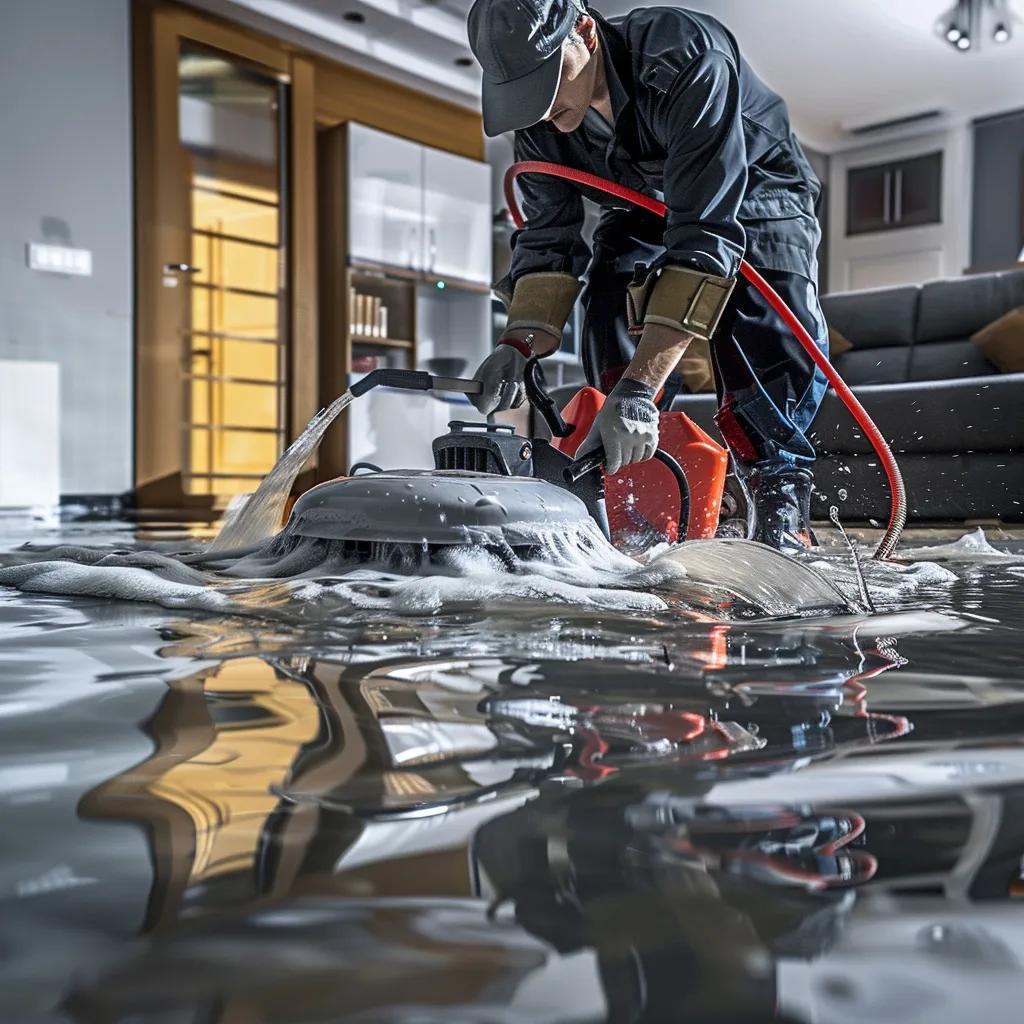
10 Key Questions to Ask Before Hiring Emergency Water Damage Restoration Services
Is your property under siege from standing water or hidden moisture, threatening its structure and air quality? Emergency water damage restoration services are your first line of defense, offering swift water extraction, dehumidification, mold prevention, and comprehensive repairs. Asking the right questions before hiring ensures you partner with IICRC-certified experts, receive clear estimates, and avoid hidden fees or shortcuts that could exacerbate the damage. This guide outlines ten crucial questions—covering credentials, experience, response time, cost transparency, restoration process, mold control, proof of quality, guarantees, advanced technology, homeowner actions, and warning signs—to empower you to make informed decisions.
Are You Licensed, Insured, and IICRC Certified?
Choosing a licensed and insured restoration company with IICRC certification means you're working with professionals who meet legal standards, protect against liability, and follow industry best practices. Confirming these credentials safeguards your home and investment, ensuring technicians adhere to standardized procedures for water damage restoration , drying, and mold remediation.
What Licenses and Insurance Should a Restoration Company Have?
Restoration companies should possess a state or local contractor’s license for water damage work and carry general liability and workers’ compensation insurance.
- Entity → Attribute → Value
- Contractor License → Scope of Work → Water damage mitigation
- Liability Insurance → Coverage Limit → At least $1 million per incident
- Workers’ Compensation → Employee Protection → Covers on-site injuries
Having these documents in place prevents unexpected expenses if accidents occur and ensures compliance with local codes, building trust in the company’s professionalism.
Why Is IICRC Certification Important for Water Damage Restoration?
IICRC certification signifies that technicians are trained to industry standards for water classification, mold remediation, and structural drying. Certified professionals apply protocols like S500 for water damage restoration , minimizing risks of incomplete drying and future mold growth. This credential is a mark of expertise and consistent quality control.
IICRC Certification Importance
The IICRC (Institute of Inspection, Cleaning and Restoration Certification) sets the standards for the restoration industry, ensuring technicians are trained in water damage restoration, mold remediation, and structural drying. This certification helps reduce the risks of incomplete drying and future mold growth, ensuring consistent quality control in the restoration process.
Institute of Inspection, Cleaning and Restoration Certification (IICRC)
This supports the article's emphasis on the importance of IICRC certification for water damage restoration professionals.
How Can I Verify a Company’s Certifications and Insurance?
Request copies of licenses, insurance certificates, and IICRC credentials, then confirm with issuing agencies or the IICRC registry online. Calling the insurer’s listed phone number and checking state licensing boards ensures documents are valid and current. Reliable companies welcome verification, reinforcing transparency and trust.
What Experience Do You Have with My Specific Type of Water Damage?
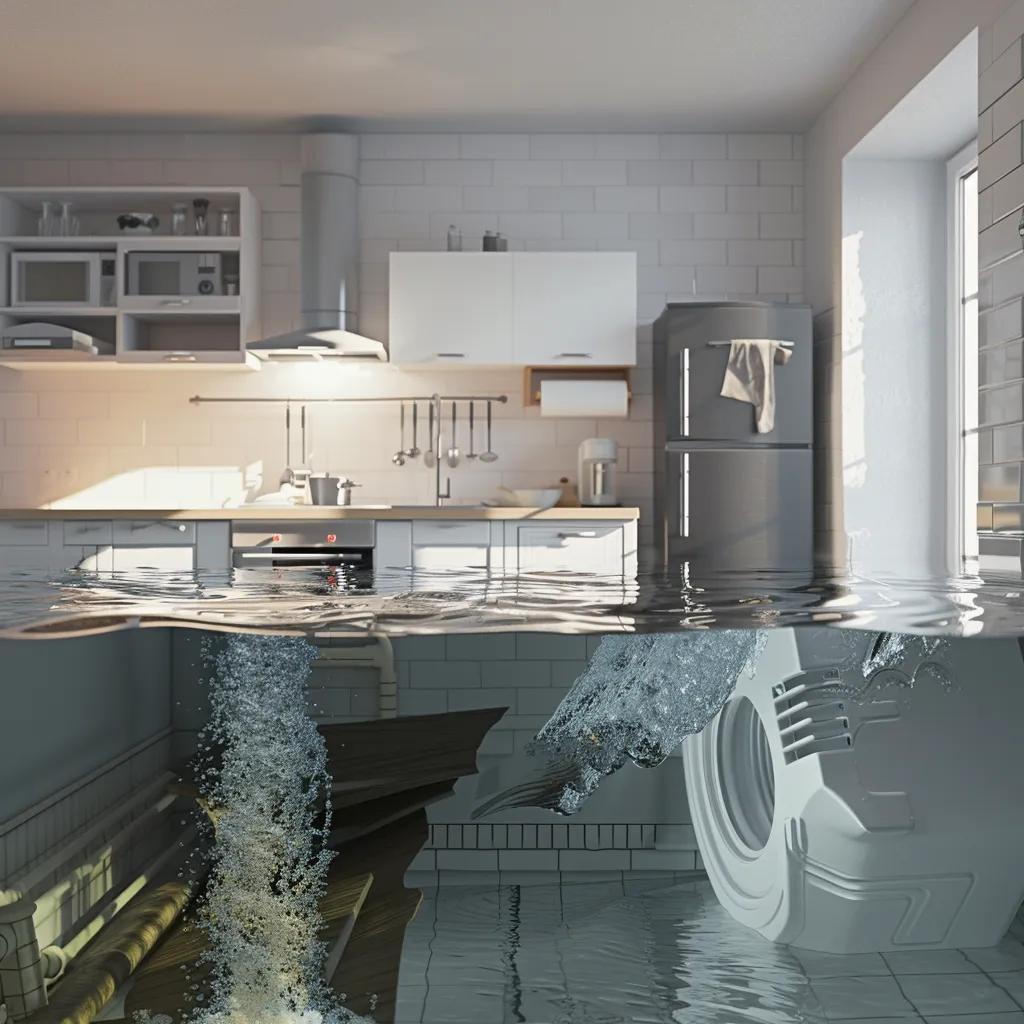
Experience with clean, gray, or black water—and scenarios like floods, burst pipes, or sewage backups—shapes restoration methods, safety protocols, and costs. A provider familiar with your water damage category delivers faster, safer, and more effective results.
How Do You Handle Different Water Damage Categories: Clean, Gray, and Black Water?
Below is a breakdown of water categories and their restoration implications:
| Water Category | Contaminant Level | Restoration Implication |
|---|---|---|
| Clean Water | Minimal health risk | Fast extraction; basic drying |
| Gray Water | Contains chemicals/organics | PPE required; sanitation step |
| Black Water | Sewage, pathogens present | Full PPE; disposal; antimicrobial |
Each category demands specific safety gear, disposal procedures, and disinfection techniques to protect occupants and eliminate health hazards.
Have You Managed Flood, Burst Pipe, or Sewage Backup Restorations Before?
Floods often saturate large areas and involve environmental contaminants, burst pipes release pressurized clean water under drywall, and sewage backups carry biological hazards. A company’s track record in each scenario indicates its ability to adapt protocols—such as moisture mapping or ductwork sanitation—to unique challenges.
Can You Share Case Studies or Examples of Similar Projects?
Reviewing project summaries and before-and-after photos demonstrates real-world success in comparable situations. For example, a rapid flood response at a commercial property that prevented structural damage and mold growth within 48 hours illustrates the company’s efficiency and technical expertise .
Do You Offer 24/7 Emergency Services and What Is Your Typical Response Time?
Yes, truly emergency services must be available around the clock. Immediate water extraction and drying limit property damage and mold proliferation, and a guaranteed arrival window—often within 60–90 minutes—illustrates operational readiness .
How Quickly Can You Arrive After a Water Damage Emergency?
Most reputable providers commit to arriving within 1–2 hours of the initial call. Rapid mobilization of pumps and extraction crews prevents secondary damage and aligns with insurance requirements for timely mitigation.
What Does Your 24/7 Emergency Service Include?
- Water Extraction – High-capacity pumps remove standing water.
- Moisture Mapping – Thermal imaging pinpoints hidden moisture.
- Structural Drying – Industrial dehumidifiers and air movers lower humidity.
- Temporary Containment – Plastic barriers isolate wet zones.
How Does Rapid Response Minimize Property Damage and Mold Growth?
Mold can begin to colonizing surfaces within 24–48 hours after water exposure. Immediate extraction and controlled drying reduce organic residue and moisture levels, cutting off mold’s growth cycle and protecting structural materials from decay.
Can You Provide a Detailed Written Estimate and Transparent Contract?
A precise, itemized estimate and clear contract define the scope, costs, timelines, and responsibilities, eliminating surprises. Homeowners gain clarity on labor, materials, equipment rental, and potential extras before work begins.
What Should Be Included in a Water Damage Restoration Estimate?
- Inspection and Assessment – Initial site survey and moisture readings
- Water Extraction Equipment – Pump and vacuum rental fees
- Drying and Dehumidification – Hourly or daily equipment rates
- Cleaning and Sanitizing – Antimicrobial treatments by square foot
- Reconstruction and Repairs – Drywall, flooring, and finish work
How Do You Handle Insurance Claims and Documentation?
Professional firms often work directly with insurers, preparing detailed reports with moisture logs, photo documentation, and cost estimates. This collaboration speeds claim approvals and ensures coverage aligns with your policy’s terms .
Are There Any Hidden Fees or Additional Costs to Expect?
Transparent contracts specify all foreseeable costs. Extra charges may arise for undisclosed mold remediation, structural repairs beyond scope, or extended equipment rental—items a reputable provider flags in advance to maintain trust .
What Is Your Complete Water Damage Restoration Process?
A structured, end-to-end process—assessment, extraction, drying, cleaning, sanitization, and reconstruction —guarantees consistent results and prevents overlooked issues.
How Do You Conduct Initial Assessment and Water Extraction?
Technicians inspect affected zones, measure moisture with infrared cameras and moisture meters, then deploy pumps or wet/dry vacuums to remove standing water. Accurate mapping of wet areas informs targeted drying plans and prevents hidden saturation .
What Drying and Dehumidification Techniques Do You Use?
| Equipment | Attribute | Mechanism | Why Essential |
|---|---|---|---|
| Industrial Dehumidifier | Moisture Removal Rate | Recycles air, condenses moisture | Lowers humidity to inhibit mold growth |
| High-Velocity Air Mover | Air Circulation | Promotes evaporation from surfaces | Speeds up structural drying |
| Desiccant Dehumidifier | Extreme Low RH | Adsorbs moisture at low temperatures | Effective in cold environments |
These machines operate 24/7 to restore humidity levels below 45%, ensuring no residual dampness remains.
How Do You Prevent Mold Growth and Sanitize the Property?
Containment barriers and negative-air machines isolate contaminated zones. Antimicrobial sprays and fogging eliminate bacteria and mold spores, while HEPA-filtered vacuums remove particulates from exposed surfaces.
Do You Offer Property Reconstruction and Repair Services?
Many restoration companies also manage rebuilding tasks—replacing drywall, repairing flooring, repainting walls, and restoring cabinetry—to return your property to pre-loss condition without needing separate contractors.
How Do You Handle Mold Prevention and Remediation After Water Damage?
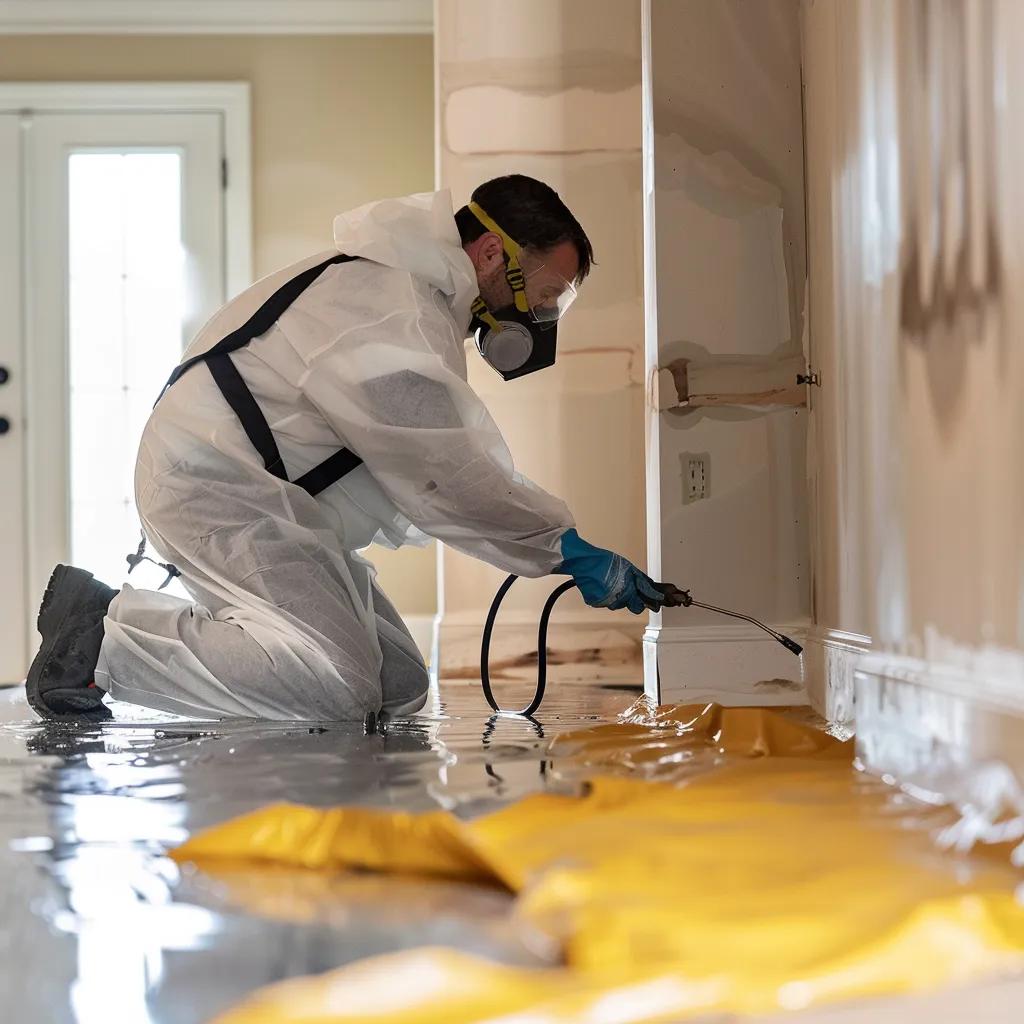
Proactive mold control and thorough remediation protect occupant health and preserve structural materials. A certified approach addresses both visible colonization and microscopic spores.
When Does Mold Typically Develop After Water Damage?
Mold colonies often appear within 24–48 hours of moisture exposure. Swift drying and disinfection interrupt this timeline, minimizing the spread and reducing air-quality risks. water damage restoration
Mold Growth Timeline
Mold can begin to colonize surfaces within a short timeframe after water exposure, often within 24 to 48 hours. Immediate water extraction and controlled drying are crucial to reduce organic residue and moisture levels, thereby interrupting the mold's growth cycle and protecting structural materials from decay. For professional assistance, refer to water damage restoration .
United States Environmental Protection Agency (EPA)
This citation reinforces the article's statements about the rapid development of mold after water damage and the importance of prompt action .
What Mold Remediation Methods Do You Use?
Key methods include:
- Containment Barriers – Plastic sheeting with zipper doors
- Negative-Air Machines – HEPA-filtered airflow
- Surface Cleaning – Scrubbing with EPA-registered biocides
- Air Scrubbing – Continuous filtration of airborne spores
How Can Homeowners Prevent Mold Growth Post-Restoration?
Maintain indoor humidity below 50%, repair leaks promptly, ensure proper ventilation in high-moisture areas, and schedule periodic moisture inspections. Regular HVAC and gutter maintenance further reduces mold risk .
Can You Provide References, Reviews, or Before-and-After Results?
References and visual proof of past jobs validate quality, consistency, and customer satisfaction. They reinforce a company’s reputation and instill homeowner confidence.
How Can I Verify Customer Reviews and Testimonials?
Check reviews on reputable platforms—Google Business Profile, BBB, and Yelp—looking for detailed accounts with dates and project descriptions. Direct referrals and written testimonials on company letterhead add authenticity.
What Do Before-and-After Photos Reveal About Your Restoration Quality?
Before-and-after images highlight the extent of damage, remediation thoroughness, and finishing craftsmanship, illustrating how water damage restoration , drying, and repairs restore appearance and function.
Are There Any Industry Awards or Recognitions You Have Received?
Awards from industry associations—such as the Restoration Industry Association or local community business awards—signal peer recognition of excellence, innovation, and ethical practices.
Do You Offer Warranties or Guarantees on Your Restoration Work?
A solid warranty or guarantee transfers risk back to the provider, ensuring continued performance and accountability. It signals confidence in workmanship and materials.
What Types of Warranties Are Common in Water Damage Restoration?
- Moisture Removal Warranty – Guarantee that moisture levels remain stable for a defined period
- Mold Growth Guarantee – Commitment to remediate any mold resurgence free of charge
- Workmanship Warranty – Coverage on repairs and reconstruction for up to one year
How Do You Handle Follow-Up Services or Issues After Restoration?
Reputable firms schedule post-service inspections, monitor moisture readings, and address concerns promptly at no extra charge. A clear follow-up protocol ensures lasting results and homeowner satisfaction.
Why Are Guarantees Important When Choosing a Restoration Company?
Guarantees demonstrate accountability, reduce financial risk, and show that the company stands behind its processes, equipment, and technicians—providing peace of mind long after work completes.
What Advanced Equipment and Technology Do You Use in Restoration?
Cutting-edge tools and digital tools enhance precision, speed, and outcome predictability, delivering efficient drying and accurate moisture detection.
How Do Industrial-Grade Dehumidifiers and Air Movers Work?
Industrial dehumidifiers condense moisture from the air by cycling refrigerant, while high-velocity air movers direct a constant flow of air across wet surfaces to accelerate evaporation. Together, they restore humidity levels and structural dryness efficiently.
What Moisture Detection Tools Are Used to Ensure Complete Drying?
Technicians deploy:
- Pinless Moisture Meters – Non-invasive scanning for hidden moisture
- Thermal Imaging Cameras – Visualize temperature anomalies indicating dampness
- Hygrometers – Track relative humidity in affected zones
How Does Technology Improve Restoration Speed and Quality?
Digital moisture mapping and remote monitoring systems provide real-time data on humidity and temperature, allowing technicians to adjust equipment deployment dynamically. This precision reduces drying time, minimizes callbacks, and enhances customer satisfaction.
What Immediate Actions Should I Take After Water Damage Before Help Arrives?
Homeowner intervention in the first minutes can limit damage, safeguard belongings, and maintain safety until professionals arrive.
How Can I Safely Mitigate Further Damage?
- Turn off electricity at the main breaker if safe to do so.
- Remove furniture and valuables from standing water.
- Elevate wet items on blocks or plastic sheets.
- Document damage with photos for insurance purposes.
When Should I Contact Emergency Water Damage Restoration Services?
Call as soon as water intrusion is discovered—ideally within the first hour—to secure a rapid response that aligns with industry best practices and insurance requirements for timely mitigation .
What Should I Avoid Doing to Prevent Worsening the Damage?
- Do not use household vacuums on standing water.
- Do not mix bleach with ammonia or other cleaners.
- Avoid walking barefoot on wet surfaces.
- Refrain from covering damp areas with plastic sheeting, which can trap moisture.
What Are the Red Flags to Watch Out for When Hiring a Water Damage Restoration Company?
Identifying warning signs—such as unlicensed contractors, vague estimates, or high-pressure sales—helps you avoid unreliable providers and ensures quality service .
How Can I Spot Unscrupulous or Unlicensed Contractors?
- Lack of verifiable licenses or insurance documents
- Demand for large deposits or cash-only payments
- No written contract outlining scope and costs
- Pushy upselling of unrelated services
What Questions Reveal Transparency and Trustworthiness?
- “Can you show me your insurance and licensing certificates?”
- “How will you document moisture levels throughout the project?”
- “What is your exact response time guarantee?”
- “Do you offer a written warranty on your work?”
Why Is It Important to Avoid Companies Without Proper Certification?
Proper certification enforces standardized protocols, protects occupant health, and reduces the risk of incomplete drying or mold issues. Certified providers are more likely to adhere to best practices and maintain professional accountability.
Before selecting an emergency restoration partner, review each provider’s credentials, process details, and customer feedback. A thorough vetting process ensures you choose a team equipped to restore your property safely, efficiently, and with lasting quality. Trusting experienced professionals protects your investment and restores peace of mind—because timely, expert intervention makes all the difference in water damage recovery .
Conclusion
Choosing the right emergency water damage restoration service is crucial for protecting your property and ensuring a thorough recovery. By asking the right questions and verifying credentials, you can partner with professionals who deliver quality results and peace of mind. Don't wait for damage to escalate; take proactive steps to safeguard your home today. Explore Carolina Pro Restoration's trusted network of certified restoration experts to find the right fit for your needs. Call us at 980-277-3700 for immediate assistance.
